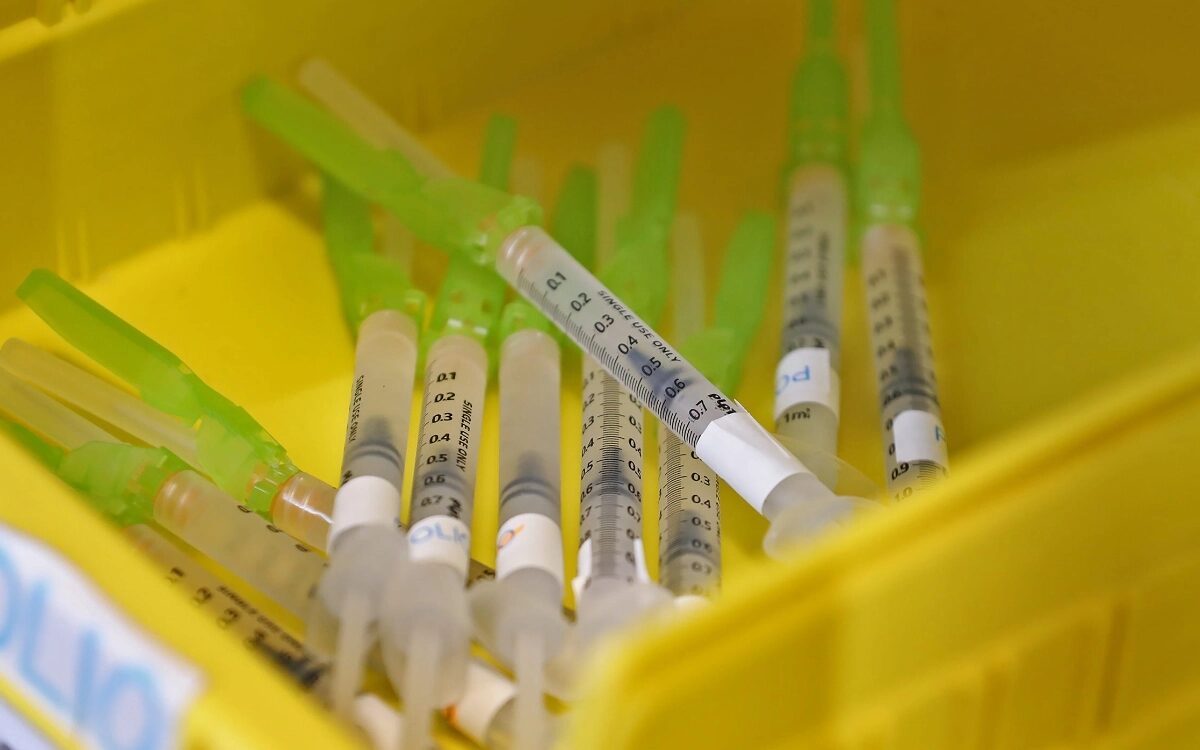First case of polio detected in New York since 2013

According to the New York Department of Health, the last case of polio in the North American country was in 2013, but almost a decade later an adult person was diagnosed with the disease in Rockland County
This Thursday, Dr. Patricia Schnabel Ruppert, county health commissioner, reported that the infected person has not been vaccinated against polio and that a month ago he began with weakness and paralysis.
It should be noted that the United Kingdom Health Security Agency detected poliovirus in samples of sewage water from London a month ago and although no cases were detected, these results may indicate that the virus had been able to spread between people in the north and east of the city..
Ruppert noted that “this patient presented with weakness and paralysis” and state and local health officials were quick to notify health care providers of the infection while encouraging them to be on the lookout for new cases.
They have also begun advising county residents to get vaccinated against polio as soon as possible.
“The risk of this event to an unvaccinated community member is still being determined. We strongly recommend anyone who is not vaccinated to get vaccinated," Schnabel Ruppert said.
It should be noted that Rockland County has been a place with low vaccination rates and an example of this is that in 2018 and 2019 there was an outbreak of measles that infected 312 people. Health authorities reported that only 8% of people in the county had been vaccinated against rubella, mumps and measles.
It should be noted that poliomyelitis is a disease or infection caused by the poliovirus that usually causes flu, fever, sore throat, stomach pain, headache, nausea, and tiredness. These symptoms occur in 1 out of 4 patients.
However, 1 in 200 infected people will experience more serious symptoms such as tingling and numbness in the legs, an infection of the brain or spinal cord, and paralysis. These data are provided by the US Centers for Disease Control and Prevention (CDC).
In the same way, it is especially important to know that the paralysis produced by this infection is permanent. There is no cure for polio, but physiotherapy exercises are applied to stimulate the muscles and medications to relax them.
How is the application of the vaccine?
“The polio vaccine is safe and effective, protects against this potentially debilitating disease, and has been part of the backbone of required routine childhood immunizations recommended by health officials and public health agencies across the country.” said State Health Commissioner Mary T. Bassett.
Normally the polio vaccine is given in childhood and is required to enter school. The CDC has it organized in their vaccination schedule.
It is expected that those who are already vaccinated are not at risk with this new contagion, although as a curious fact the case identified in New York is a type 2 Sabin virus of reverse poliomyelitis. This means that the infected person had received the oral vaccine, which is the live but weakened form of the poliovirus.
“Based on what we know about this case and polio in general, the Department of Health strongly recommends that unvaccinated individuals be vaccinated or boosted with the FDA-approved IPV polio vaccine as soon as possible,” Bassett reported in a statement. release.
The oral polio vaccine has not been allowed in the United States since 2000, so it is believed that the person was infected outside the North American country, possibly in the United Kingdom, where the poliovirus was detected a month ago, as previously stated..
But the health authorities pointed out that the infected person has not traveled outside the country either before or after being diagnosed with the infection.
It should be noted that the virus in its wild form is currently only found in Pakistan and Afghanistan, but a strain believed to have originated from oral vaccines has been detected in recent years.
